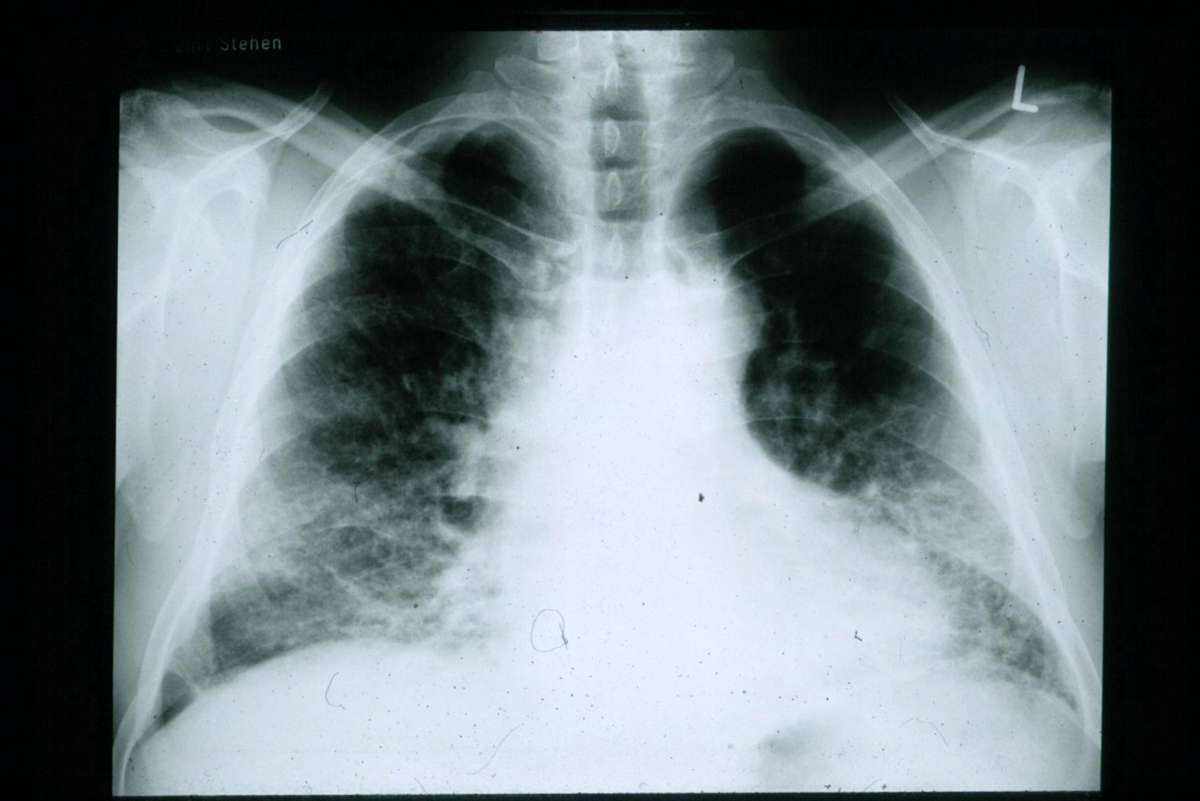Most people are familiar with certain lung diseases, such as asthma and bronchitis. But there are many other types of lung disorders, which you may not have heard about. In some cases, symptoms can be similar, which can make diagnosing the condition a challenge.
Understanding Pulmonary Fibrosis
Pulmonary fibrosis is a medical condition, which occurs when the lungs become damaged and develop scar tissue. Scar tissue makes the lungs stiff, which prevents normal expansion. The result is impaired exchange in the lungs.

Inadequate amounts of oxygen reach the tissues of the body. In addition, carbon dioxide cannot be fully exhaled and released from the body. The lack of oxygen and the buildup of carbon dioxide can cause a variety of symptoms.
The cause of pulmonary fibrosis sometimes not be pinpointed. But in other instances, the condition is caused by damage to the lung tissue due to exposure to environmental toxins. Radiation therapy to the lungs or breast to treat cancer can also lead to scar tissue and pulmonary fibrosis. Certain infections, such as pneumonia, tuberculosis and lupus can also cause lung damage and scarring.
Symptoms of pulmonary fibrosis often include shortness of breath, cough and fatigue.
Muscle aches and weight loss are also common. Unfortunately, once scarring on the lungs has developed, it tends to be permanent. Lung damage cannot be repaired. But treatment is available, which can reduce symptoms.
Treatment for pulmonary fibrosis depends on the severity of symptoms. In many cases, treatment may include medication including steroids to reduce inflammation in the airways. Oxygen therapy is also often needed, especially as the condition progresses.
Guide To Pulmonary Hypertension
When you think of hypertension, you may think of high blood pressure. But your body has two circulation systems including the systemic and pulmonary. Systemic circulation delivers oxygen to the body. The pulmonary circulation system receives oxygen from the lungs. Normally high blood pressure or hypertension refers to the force or pressure involving systemic circulation.
As a result of the increased pressure in the arteries, they become constricted, which decreases normal blood flow. In turn, the heart has to work harder to pump blood through the arteries. Over time, if the condition is not treated properly, the increased demand on the heart can lead to heart failure.
Sometimes the cause of pulmonary hypertension is not clear. In other instances, it can develop due to other medical conditions, such as congenital heart defects, chronic liver disease and chronic obstructive pulmonary disease.
Symptoms are not always noticeable in the early stages of the disease. In some instances, symptoms may develop slowly over time. Symptoms can include dizzy spells, shortness of breath and fatigue. Additional symptoms, which can develop include chest pain and swelling of the ankles.
See Also: Are You A Candidate For Lung Cancer Screening?
Treatment for pulmonary hypertension often includes medication to dilate the blood vessels and allow blood to flow easier. Blood thinners, which prevent clots may also be prescribed. Some people also need supplemental oxygen. In more severe cases, various surgical interventions may be recommended.
Autoimmune Disease and Infections can Lead to Lung Disease
There are a number of autoimmune disorders and infections, which can also affect the lungs. Some can lead to progressive damage to the lungs, which can be permanent in some instances.

What Is Sarcoidosis?
Sarcoidosis is considered an autoimmune disease. Normally, your immune system, protects you from disease. Part of the immune response involves releasing cells, which go to the site of infection. In people with sarcoidosis, an immune system response occurs for no specific reason, and the cells released lead to inflammation, which can affect various organ systems including the lungs.
According to the National Heart, Lung and Blood Institute, the reason some people develop autoimmune disorders, such as sarcoidosis, is not fully understood. There does appear to be a genetic component, which may predispose a person to the condition. But further research is still needed.
Symptoms of sarcoidosis often affect multiple organs of the body. The lungs are not the only thing affected. Symptoms may include fatigue, swollen lymph nodes and weight loss. Skin symptoms, such as a rash and lesions, are also common. When symptoms affect the lungs, they may include wheezing, trouble breathing and coughing.
Treatment mostly involves medication. Medications are prescribed to reduce inflammation and prevent tissue damage. Currently, there is no cure for the condition. Some people may have a mild form of the disease, which can be managed with medications. In other instances, lung transplantation may be considered if severe damage has developed.
Histoplasmosis
Histoplasmosis is a lung disease that can be caused by breathing in fungus spores. The fungus, called Histoplasma capsulatum, can be found in soil, especially in the eastern and central United States. The spores are also present in bird droppings. Most commonly the infection is contracted by breathing in the fungus, which became airborne from disturbed soil.
Although anyone can come in contact with the spores, those at the highest risk are farmers and people who work around soil or birds. The disease is not spread from person to person. According the Centers for Disease Control and Prevention, symptoms may start anywhere from a few days to about three weeks after inhaling the spores.
Most people who develop the infection will start to experience symptoms similar to the flu, such as coughing, fever, chills and body aches. In many cases, symptoms will resolve in a few weeks.
In people who have a decreased immune system, the infection can become severe, leading to long-term lung problems. When lung symptoms are severe they may include coughing up blood, difficulty breathing and mouth sores. In some cases, lung symptoms can last months.
See Also: What A Lung Cancer Survivor Can Teach Us About Lung Cancer Survival
Not everyone who develops histoplasmosis requires treatment. Healthy people who develop the condition may just require supportive treatment to reduce symptoms. In individuals who have more severe symptoms, medication including antifungal drugs is often prescribed. Medication to help ease shortness of breath may also be needed.
- www.lung.org/lung-disease/pulmonary-fibrosis/understanding-pulmonary.html
- www.phassociation.org/AboutPH
- www.heart.org/HEARTORG/Conditions/HighBloodPressure/AboutHighBloodPressure/What-is-Pulmonary-Hypertension_UCM_301792_Article.jsp
- www.nhlbi.nih.gov/health/health-topics/topics/sarc/signs
- By IPFeditor (Own work) [CC BY-SA 3.0 (http://creativecommons.org/licenses/by-sa/3.0)], via Wikimedia Commons
- Photo courtesy of Justinpickard via Flickr: www.flickr.com/photos/31290193@N06/5621137107

